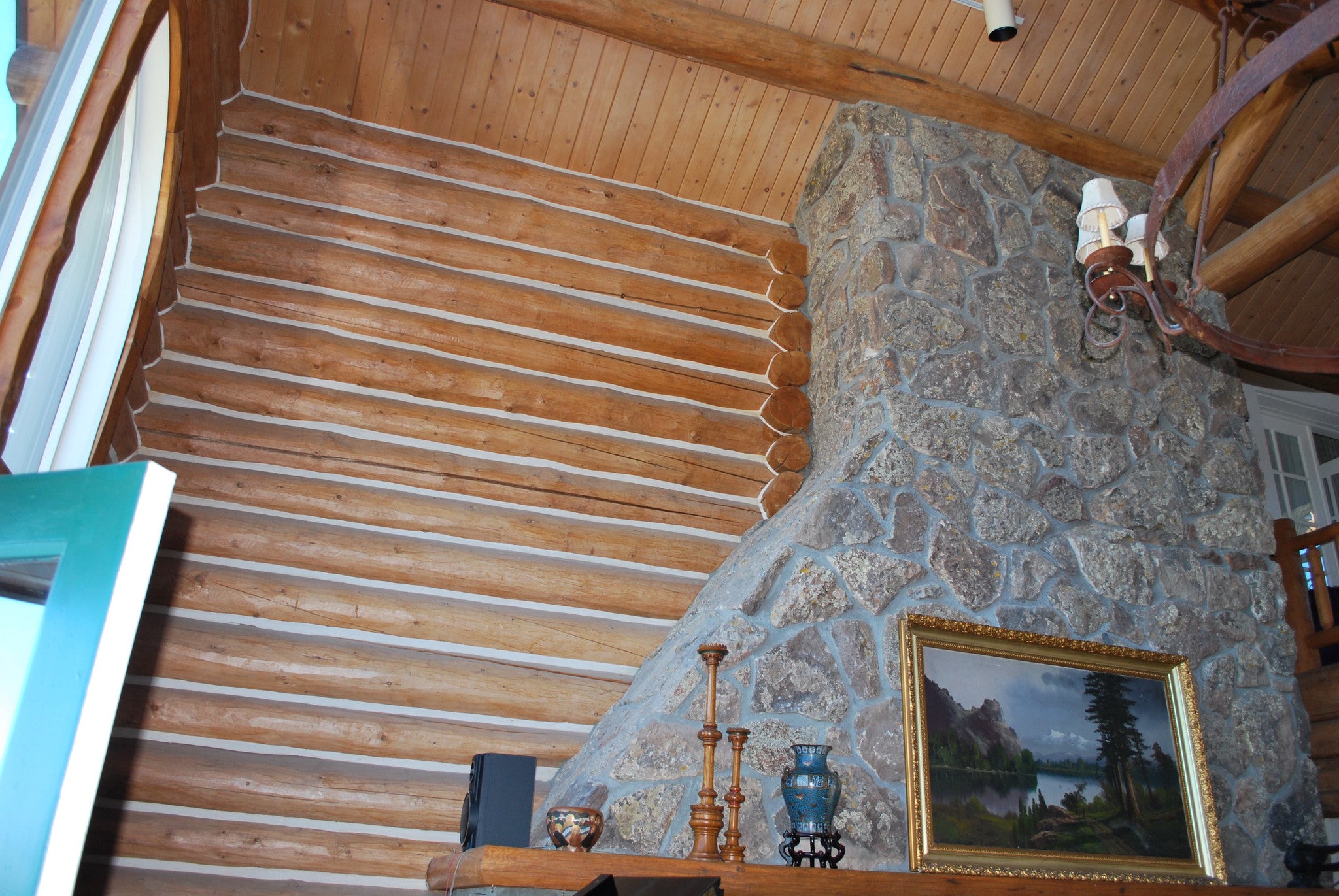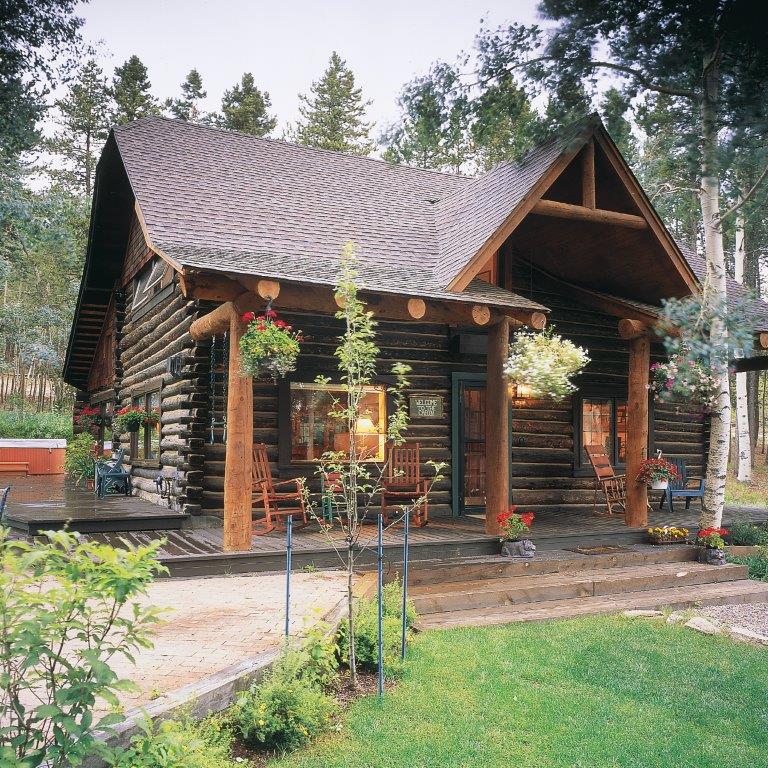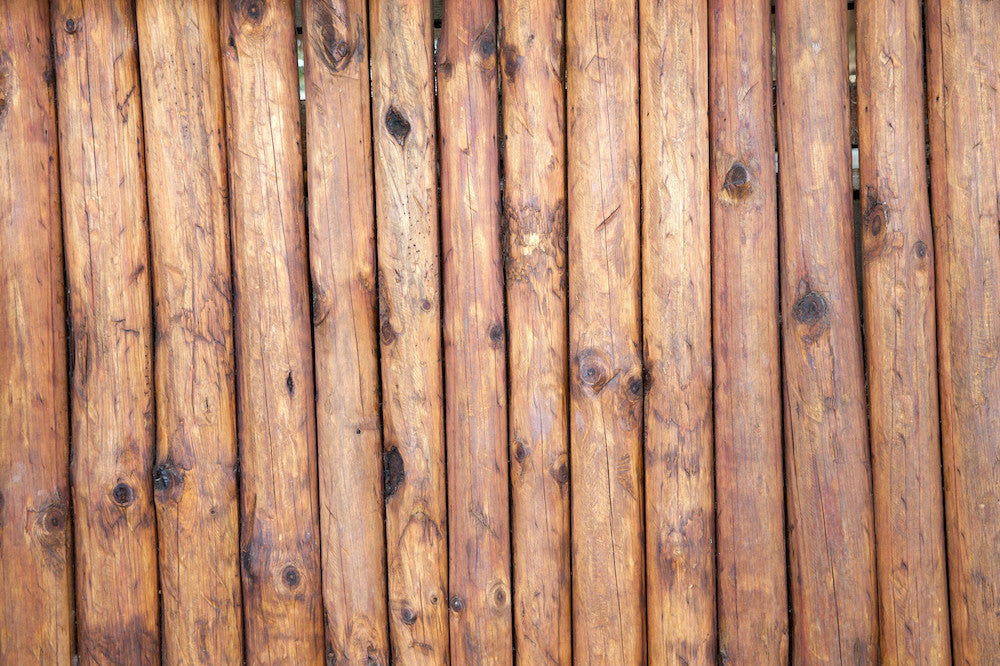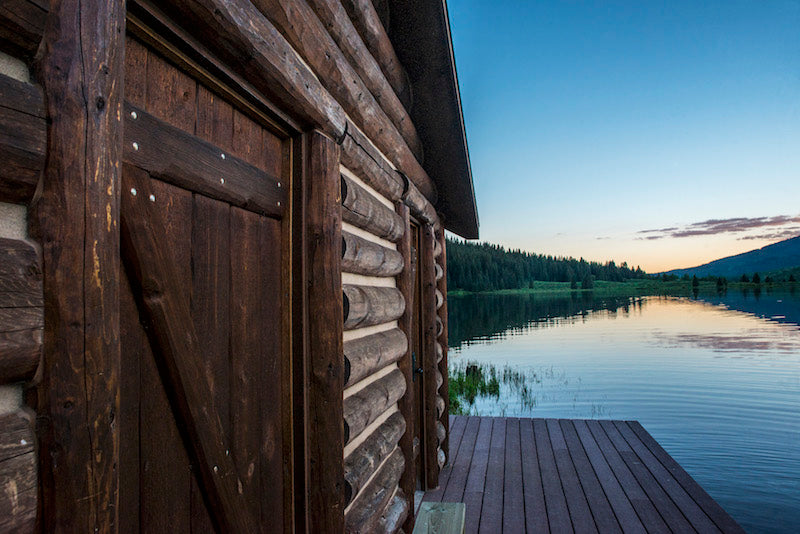Dealing with Wood Shrinkage in Your Log Home

Wood shrinkage is an unavoidable issue for any log home owner and is not something to be overly worried about. Armed with the right information and fully understanding why your logs are shrinking is the first step to dealing with this issue. You can then take the necessary steps to deal with wood shrinkage and keep your log home properly maintained.
Why do logs shrink?
As the logs in your log home dry out over time, the wood fibers shrink. These fibers are cylindrical in shape and have a long axis through the log. Wood fibers always shrink in the radial direction. In turn, this causes the logs to contract in radius, however the length of the logs remains the same.
As the logs shrink in size, the walls of your log home will decrease naturally over time. Of course, it is the height of your home that will decrease. As an example, a nine foot wall can shrink between half an inch to four inches as time goes by.
The local weather conditions and climate can play a pivotal role in how long wood shrinkage takes to occur. Ordinarily, wood shrinkage will take place in the first two heating seasons of your log home. As such, the home heating system you use in your log home can also play a significant role in how long it takes for your logs to shrink. The tree specie and grain orientation can also have an effect.
Effect of wood shrinkage
Wood shrinkage leads to what we call ‘settling’. As the logs dry out over time, they shrink causing your log home to decrease in height. Settling occurs after construction has been completed and the amount of settling can vary from one log home to another. The logs in your walls can compact on each other to a degree but the logs themselves do not become compressed as the strength of the wood when compressed is much greater than that of the load being placed on it.
When building a log home, it is vital that you allow for shrinkage. It might take time but it is inevitable. There are a few different ways that people deal with wood shrinkage and settling in their log homes.
How to deal with wood shrinkage and settling
To begin with, there must be some forward planning. When building a log home you should always allow for shrinkage. Pay special attention to interior walls and stairs as the exterior walls can shrink down around them over time. Spaces around doors and windows must also be given careful consideration. Any vertical logs around the window and door frames will maintain their height as the walls settle. The most common way to deal with this is by using a screw jack.
Keeping the spaces between your logs sealed and secure as settling takes place is best achieved through the use an elastic chinking, like our TripleStretch Chinking. This style of chinking will keep the spaces between your logs filled even with movement over time. Elastic chinking is a critical component of any log home build if you want to maintain a complete and professional finish, keep rodents and insects out and maintain the temperature inside your log home, now and well into the future.




